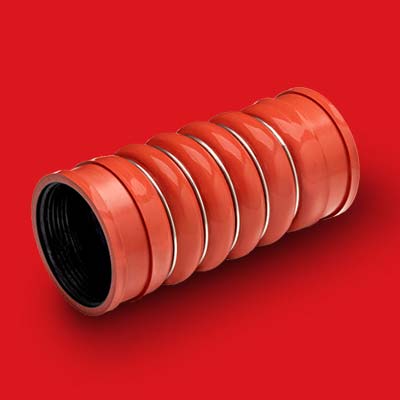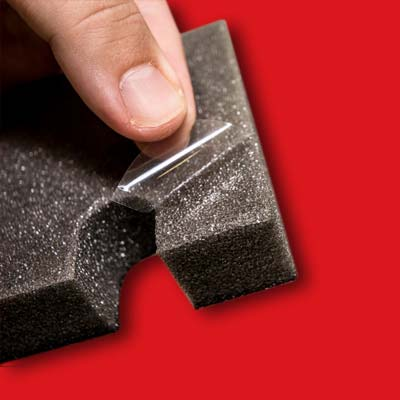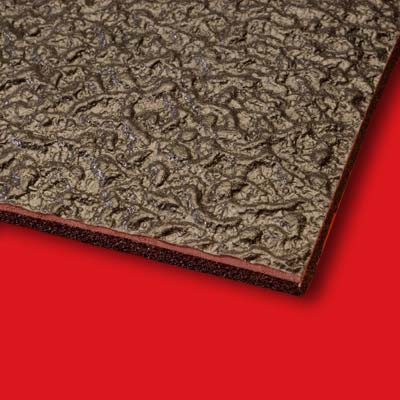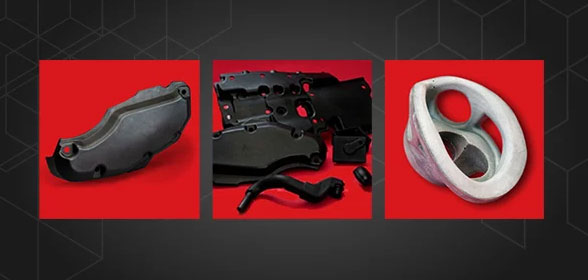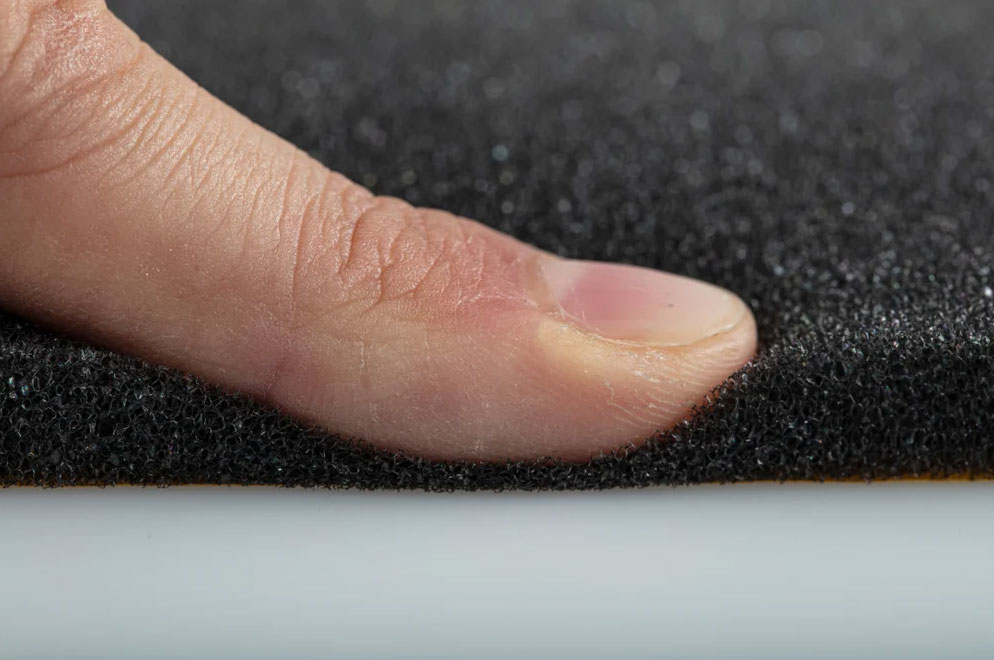Exploring Recent Advancements in Hydrogen Fuel Cells
Hydrogen fuel cells offer new opportunities for sustainable energy. They are considered the most energy-efficient devices for extracting power from fuel, capable of having twice the efficiency of traditional combustion technologies. They are also a clean energy source because a bit of water and sometimes heat are the only byproducts of the electrochemical process in … Read more Exploring Recent Advancements in Hydrogen Fuel Cells



